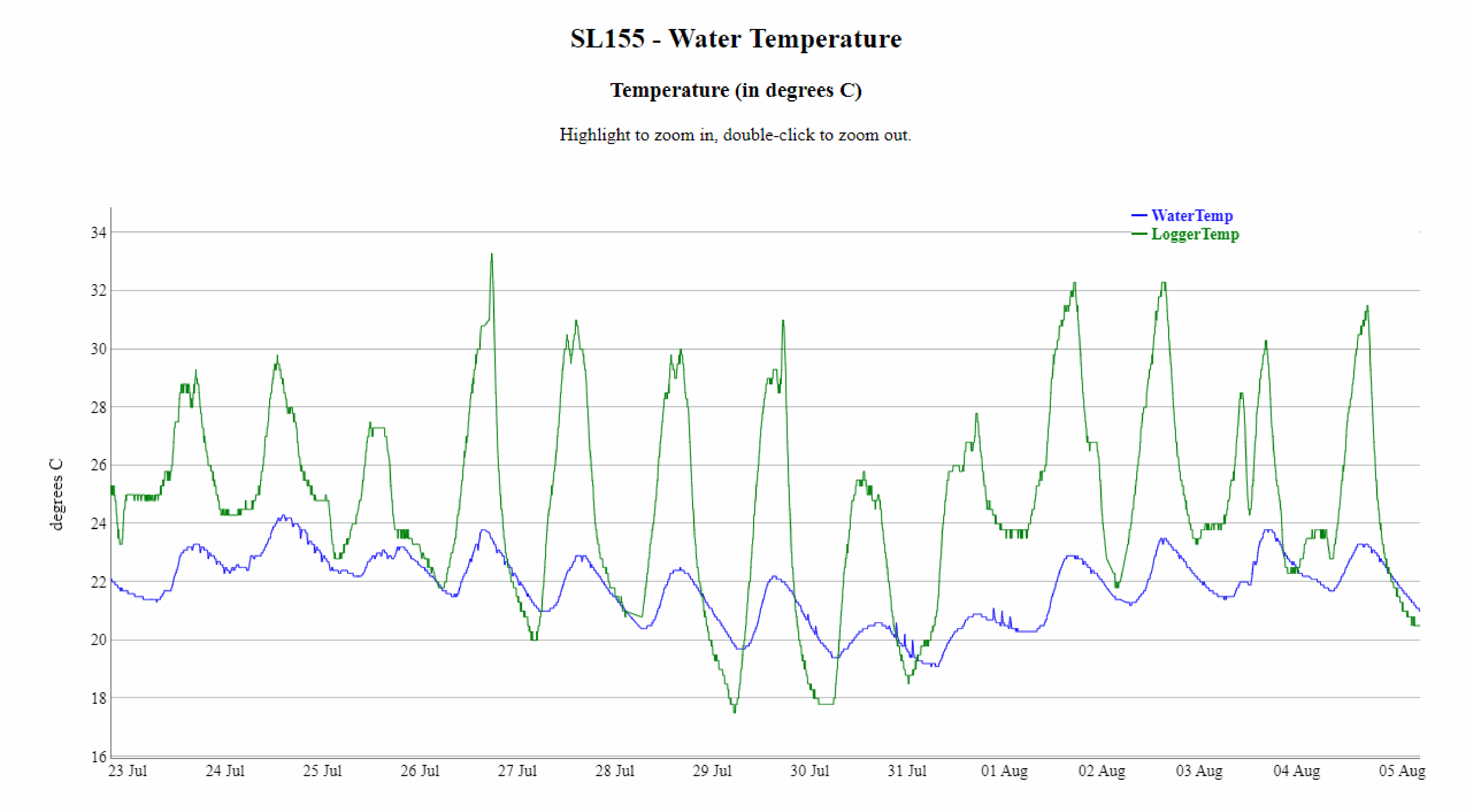Overview
Through a partnership with Stroud Water Research Center, the Trust has set up four EnviroDIY Sensor Stations monitoring the water in Crum and Ridley Creeks. You can see two of the sensors in Ridley Creek within Ashbridge Preserve. The EnviroDIY Sensor Stations monitor water quality in real time, taking readings every five minutes, which allows the Trust to continuously track changes in water quality. Our EnviroDIY Sensor Stations measure water temperature, conductivity, depth, and turbidity - a description of water clarity typically dictated by the concentration of sediment suspended in the water.
Temperature
The Watershed Protection Program uses the EnviroDIY Sensor Station data to monitor water quality in Crum and Ridley Creeks. In this respect, each measurement is crucial and complementary.
Water temperature determines the level of dissolved oxygen within a stream, which is the form of oxygen aquatic organisms rely on to breathe. In this part of the world, many organisms prefer cold water that is packed with oxygen, so it is important to keep water temperatures from getting too high.
Water temperature can be altered by a number of variables including the amount of sediment suspended in the water, direct sunlight, and the temperature of the runoff that is entering the waterway; all issues that are rooted in land use in the watershed area. Therefore, maintaining stream bank trees to shade the water and reducing sediment and runoff contamination are vital to maintaining high quality water.
Depth, Turbidity, and Conductivity
Our EnviroDIY Sensor Stations can help us determine sediment load and runoff contamination by measuring water depth, turbidity, and conductivity. Water depth, when supplemented by water velocity measurements, can describe the stream’s discharge rate, or the volume of water moving past the sensor. Discharge rate when paired with the sensor’s measurement of turbidity can approximate the amount of sediment moving through the creeks, which can negatively impact water quality.
Conductivity measures the water’s ability to conduct an electric current. Increases in conductivity usually indicate contamination by salts or metals. When conductivity gets too high, the stream can become uninhabitable for freshwater organisms. Some human activities, like adding salt to an icy walkway or treating a lawn with fertilizer, can increase conductivity in our waterways. In this way, our actions on land are reflected in the water. Spikes in water conductivity measured by our EnviroDIY Sensor Stations can help identify problems with urban runoff contamination.



